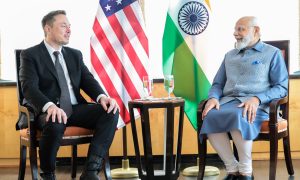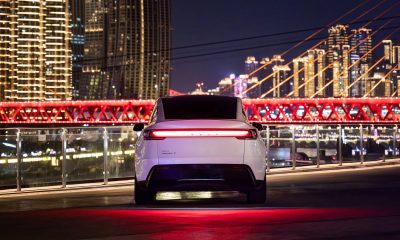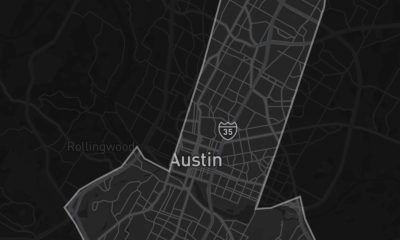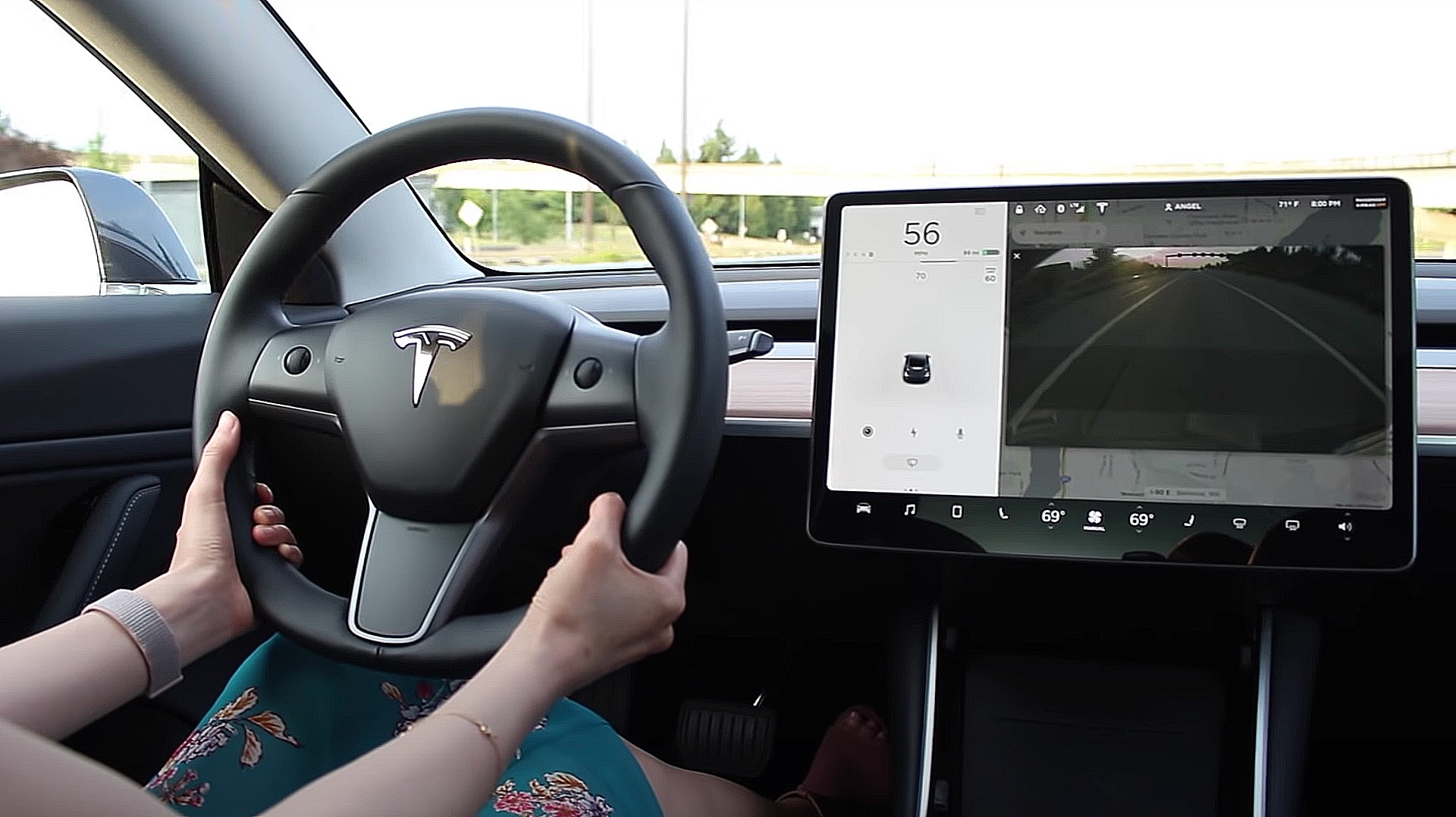

News
OPINION: Tesla’s ‘Safety Score’ Beta needs broader terms for factoring your score
Tesla’s “Safety Score” Beta is one of the most impressive ideas to improve driving safety, in my opinion. An article from Model 3 owner and Tesla enthusiast Nick Howard explained that Tesla is essentially gamifying the act of driving, encouraging owners to drive in a manner that would allow their scores to be higher. If you know anything about the Tesla community, you know that it is filled with die-hard fans who are satirically battling it out for the elusive 100 scores. While Tesla has outlined the ways that driving behaviors could affect the score for better or for worse, I believe that other instances may need to be outlined so owners are perfectly clear on how their score could be affected based on their hobbies or driving style. While I disagree with Consumer Reports’ assumption that the Safety Score is a bad idea (which, in reality, makes no real sense to me), I do believe that some owners are confused on what makes their score higher or lower, especially as many owners are attempting to enter the elusive Full Self-Driving Beta program.
If you’ve taken a peek at Tesla’s Support page that outlines the numerous factors that can affect a driver’s Safety Score, it seems pretty straightforward. There are cut and dry behaviors that tend to be recognized universally as “aggressive,” including tailgating, hard braking, and aggressive turning. Additionally, Forward Collision Warnings per 1,000 miles and forced Autopilot disengagements are also included in the behaviors that could affect your score, but these are exclusive to Tesla, of course, due to their use of Forward Collision Warnings and Autopilot disengagements.
Tesla introduces Safety Score (Beta) system that incentivizes safe driving
It’s very self-explanatory: Drive safely and receive a higher score. But are there not instances where things could get a tad confusing for some drivers, especially those with scores just below the perfect 100 threshold?
One example that I saw over the weekend was from Richard Marrero, a Tesla owner who was curious about taking his vehicle to the local racetrack. While Tesla owners are occasionally hitting the accelerator when a stoplight turns green, it may be understandable for Safety Scores to be affected. However, what if the nature of the driving occurs on a closed circuit? Marrero may drive like a saint on the road but might want to push his vehicle to the limit at a local dragstrip or raceway. After all, why have a high-performance car with face-melting acceleration if you can’t test it from time to time?
Does anyone know if taking my Tesla to a racetrack will hurt my safety score? @elonmusk @SawyerMerritt @DirtyTesla @tesla_raj @Teslarati
— Richard Marrero (@The_Richard_M) October 2, 2021
There are other examples that could affect a Safety Score that are technically out of the driver’s control. In some instances, it may be an action taken by the driver that is technically safer than other options, yet it could reduce the Safety Score. Tesla Joy, a Model 3 owner, encountered this predicament on October 1, according to a Tweet. Her Safety Score was reduced due to hard braking at a “quick changing yellow light.” I believe nearly everyone who has a driver’s license can attest that some stoplights are slightly more accelerated than others. Quick changing yellow lights are one of the most polarizing events in a daily drive. Some will tell you just to run through it, others will argue that the safer thing to do is just slow down and stop. Whichever way you choose to handle this scenario, you are likely to encounter someone who shares a point of view on how to handle the premature yellow light in a different manner.
Today I hard braked for 2 quick changing yellow lights & got dinged. I also sped up at another yellow light and didn’t get dinged but I felt more dangerous that way. Since Tesla car can see?, can hard braking at yellow light be exempt from penalty cuz it’s safer? ? @elonmusk
— Tesla Joy (@TeslaJoy) October 2, 2021
However, I don’t necessarily believe that there is a “wrong” way to handle it. While the right way to do it, according to my knowledge as a driver of over 11 years, would require you to slow down and come to a stop, especially since the yellow light is a key indicator of “slow down.” Tesla Joy did it as most Learner’s Permit booklets would describe, yet she was still docked points.
There are undoubtedly more examples of how Tesla could do a better job of explaining what actions are not favorable for the Safety Score system, and I would love to hear your thoughts or examples on things that have occurred that affected your score. Tesla did a wonderful job of outlining the most face-value actions that Safety Scores will be affected by, but there are other questions that need to be confronted so drivers are clear on what other things could hurt their scores. After all, the wider the FSD Beta testing group is, the more data Tesla will obtain through its Neural Network.
Don’t hesitate to contact us with tips! Email us at tips@teslarati.com, or you can email me directly at joey@teslarati.com.
News
Tesla launches in India with Model Y, showing pricing will be biggest challenge
Tesla finally got its Model Y launched in India, but it will surely come at a price for consumers.
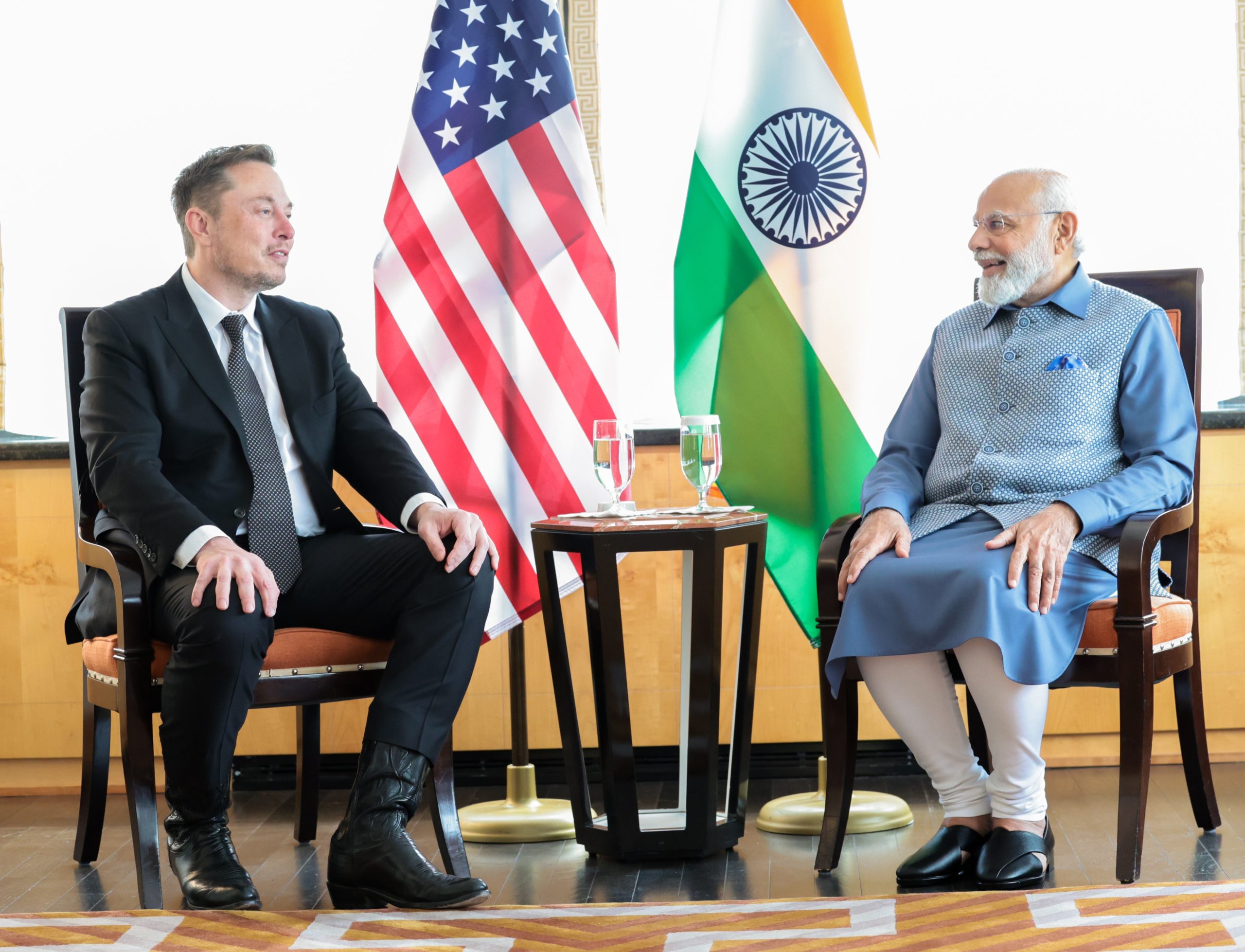
Tesla has officially launched in India following years of delays, as it brought its Model Y to the market for the first time on Tuesday.
However, the launch showed that pricing is going to be its biggest challenge. The all-electric Model Y is priced significantly higher than in other major markets in which Tesla operates.
On Tuesday, Tesla’s Model Y went up for sale for 59,89,000 rupees for the Rear-Wheel Drive configuration, while the Long Range Rear-Wheel Drive was priced at 67,89,000.
This equates to $69,686 for the RWD and $78,994 for the Long Range RWD, a substantial markup compared to what these cars sell for in the United States.
🚨 Here’s the difference in price for the Tesla Model Y in the U.S. compared to India.
🚨 59,89,000 is $69,686
🚨 67,89,000 is $78,994 pic.twitter.com/7EUzyWLcED— TESLARATI (@Teslarati) July 15, 2025
Deliveries are currently scheduled for the third quarter, and it will be interesting to see how many units they can sell in the market at this price point.
The price includes tariffs and additional fees that are applied by the Indian government, which has aimed to work with foreign automakers to come to terms on lower duties that increase vehicle cost.
Tesla Model Y seen testing under wraps in India ahead of launch
There is a chance that these duties will be removed, which would create a more stable and affordable pricing model for Tesla in the future. President Trump and Indian Prime Minister Narendra Modi continue to iron out those details.
Maharashtra Chief Minister Devendra Fadnavis said to reporters outside the company’s new outlet in the region (via Reuters):
“In the future, we wish to see R&D and manufacturing done in India, and I am sure at an appropriate stage, Tesla will think about it.”
It appears to be eerily similar to the same “game of chicken” Tesla played with Indian government officials for the past few years. Tesla has always wanted to enter India, but was unable to do so due to these import duties.
India wanted Tesla to commit to building a Gigafactory in the country, but Tesla wanted to test demand first.
It seems this could be that demand test, and the duties are going to have a significant impact on what demand will actually be.
Elon Musk
Tesla ups Robotaxi fare price to another comical figure with service area expansion
Tesla upped its fare price for a Robotaxi ride from $4.20 to, you guessed it, $6.90.
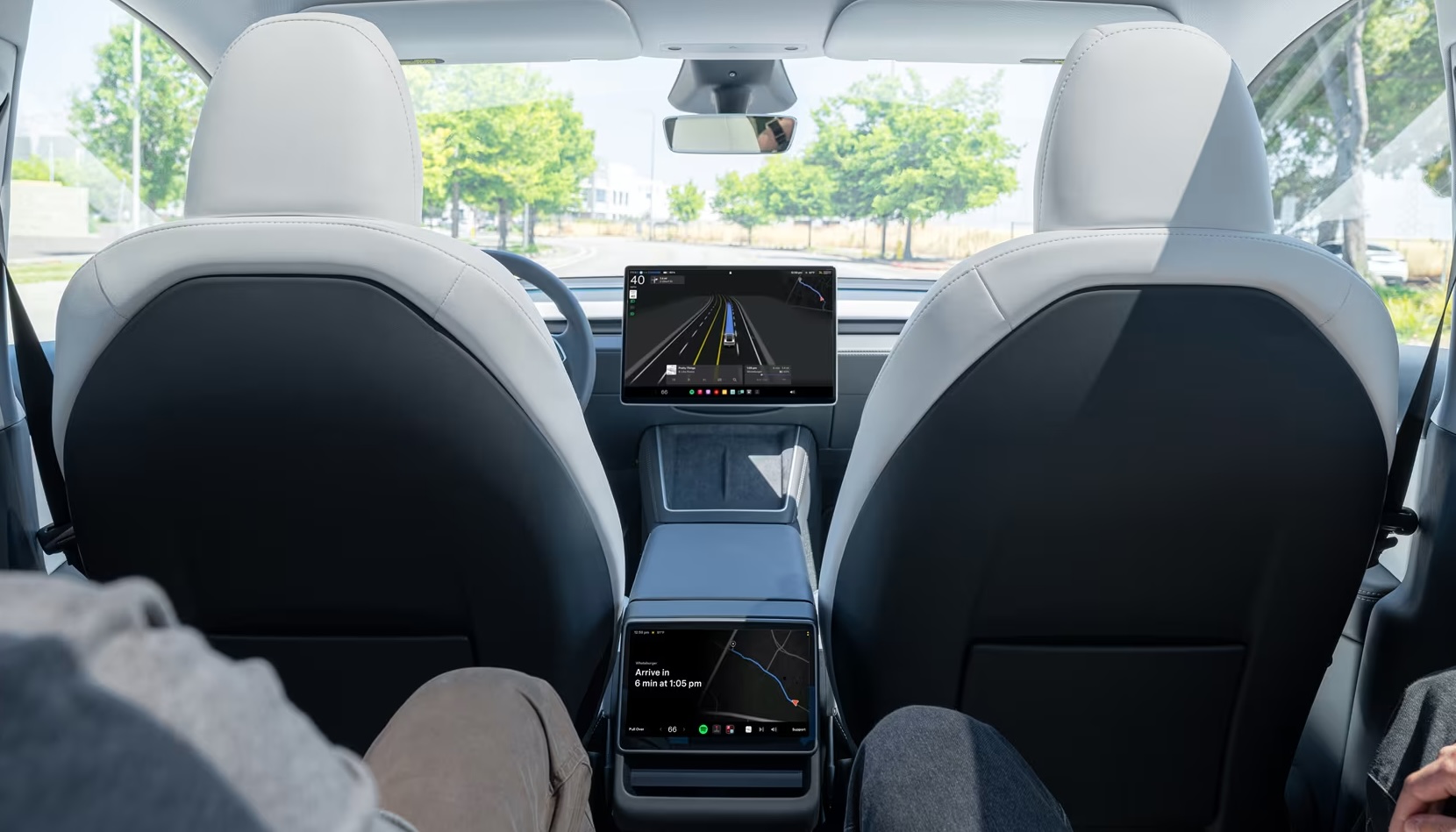
Tesla has upped its fare price for the Robotaxi platform in Austin for the first time since its launch on June 22. The increase came on the same day that Tesla expanded its Service Area for the Robotaxi ride-hailing service, offering rides to a broader portion of the city.
The price is up from $4.20, a figure that many Tesla fans will find amusing, considering CEO Elon Musk has used that number, as well as ’69,’ as a light-hearted attempt at comedy over the past several years.
Musk confirmed yesterday that Tesla would up the price per ride from that $4.20 point to $6.90. Are we really surprised that is what the company decided on, as the expansion of the Service Area also took effect on Monday?
But the price is now a princely $6.90, as foretold in the prophecy 😂
— Elon Musk (@elonmusk) July 14, 2025
The Service Area expansion was also somewhat of a joke too, especially considering the shape of the new region where the driverless service can travel.
I wrote yesterday about how it might be funny, but in reality, it is more of a message to competitors that Tesla can expand in Austin wherever it wants at any time.
Tesla’s Robotaxi expansion wasn’t a joke, it was a warning to competitors
It was only a matter of time before the Robotaxi platform would subject riders to a higher, flat fee for a ride. This is primarily due to two reasons: the size of the access program is increasing, and, more importantly, the service area is expanding in size.
Tesla has already surpassed Waymo in Austin in terms of its service area, which is roughly five square miles larger. Waymo launched driverless rides to the public back in March, while Tesla’s just became available to a small group in June. Tesla has already expanded it, allowing new members to hail a ride from a driverless Model Y nearly every day.
The Robotaxi app is also becoming more robust as Tesla is adding new features with updates. It has already been updated on two occasions, with the most recent improvements being rolled out yesterday.
Tesla updates Robotaxi app with several big changes, including wider service area
News
Tesla Model Y and Model 3 dominate U.S. EV sales despite headwinds
Tesla’s two mainstream vehicles accounted for more than 40% of all EVs sold in the United States in Q2 2025.

Tesla’s Model Y and Model 3 remained the top-selling electric vehicles in the U.S. during Q2 2025, even as the broader EV market dipped 6.3% year-over-year.
The Model Y logged 86,120 units sold, followed by the Model 3 at 48,803. This means that Tesla’s two mainstream vehicles accounted for 43% of all EVs sold in the United States during the second quarter, as per data from Cox Automotive.
Tesla leads amid tax credit uncertainty and a tough first half
Tesla’s performance in Q2 is notable given a series of hurdles earlier in the year. The company temporarily paused Model Y deliveries in Q1 as it transitioned to the production of the new Model Y, and its retail presence was hit by protests and vandalism tied to political backlash against CEO Elon Musk. The fallout carried into Q2, yet Tesla’s two mass-market vehicles still outsold the next eight EVs combined.
Q2 marked just the third-ever YoY decline in quarterly EV sales, totaling 310,839 units. Electric vehicle sales, however, were still up 4.9% from Q1 and reached a record 607,089 units in the first half of 2025. Analysts also expect a surge in Q3 as buyers rush to qualify for federal EV tax credits before they expire on October 1, Cox Automotive noted in a post.
Legacy rivals gain ground, but Tesla holds its commanding lead
General Motors more than doubled its EV volume in the first half of 2025, selling over 78,000 units and boosting its EV market share to 12.9%. Chevrolet became the second-best-selling EV brand, pushing GM past Ford and Hyundai. Tesla, however, still retained a commanding 44.7% electric vehicle market share despite a 12% drop in in Q2 revenue, following a decline of almost 9% in Q1.
Incentives reached record highs in Q2, averaging 14.8% of transaction prices, roughly $8,500 per vehicle. As government support winds down, the used EV market is also gaining momentum, with over 100,000 used EVs sold in Q2.
Q2 2025 Kelley Blue Book EV Sales Report by Simon Alvarez on Scribd
-

 News3 days ago
News3 days agoTesla debuts hands-free Grok AI with update 2025.26: What you need to know
-

 Elon Musk1 week ago
Elon Musk1 week agoElon Musk confirms Grok 4 launch on July 9 with livestream event
-

 Elon Musk5 days ago
Elon Musk5 days agoxAI launches Grok 4 with new $300/month SuperGrok Heavy subscription
-

 News2 weeks ago
News2 weeks agoTesla Model 3 ranks as the safest new car in Europe for 2025, per Euro NCAP tests
-

 Elon Musk2 weeks ago
Elon Musk2 weeks agoxAI’s Memphis data center receives air permit despite community criticism
-

 News5 days ago
News5 days agoTesla begins Robotaxi certification push in Arizona: report
-
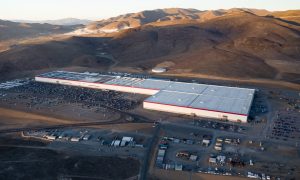
 Elon Musk2 weeks ago
Elon Musk2 weeks agoTesla reveals it is using AI to make factories more sustainable: here’s how
-

 Elon Musk2 weeks ago
Elon Musk2 weeks agoTesla scrambles after Musk sidekick exit, CEO takes over sales


